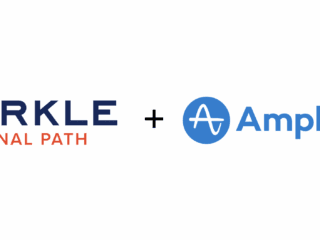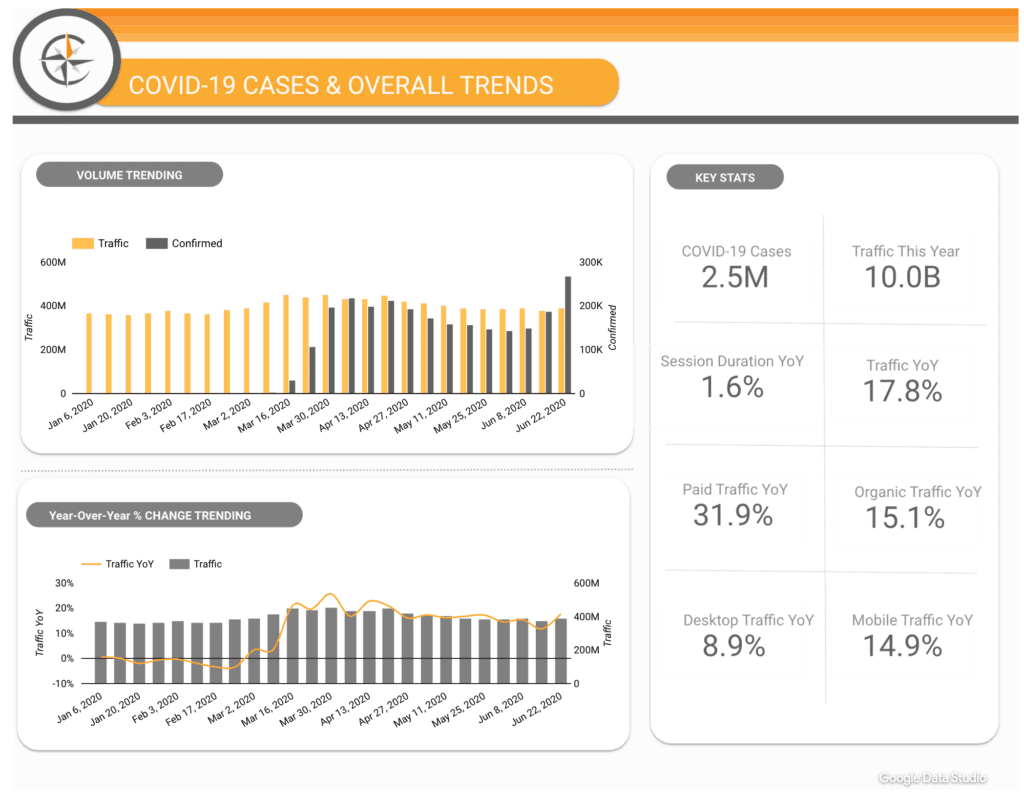In our previous post, we covered why custom metrics in GA matter and how to set them up. Now, let’s explore best practices for getting the most out of your custom metrics and the common mistakes to avoid to ensure your data remains accurate and actionable.
Best Practices for Custom Metrics in GA
1. Ensure Consistency in Parameter Usage
Custom metrics rely on event parameters, so consistency is crucial. If you define a parameter once but fail to send it consistently, your data will be incomplete.
✅ Good:
gtag('event', 'add_to_cart', { 'value': <total price of item>,
'item_name': 'Blue T-Shirt'
});❌ Bad: (Missing parameter, leading to tracking issues)
gtag('event', 'add_to_cart', {
'item_name': 'Blue T-Shirt'
});2. Match Data Type with the Correct Metric Unit
Use:
- Standard units for raw numbers and percentages.
- Currency units for monetary values.
- Distance for length.
- Time units for durations.
Sending mismatched data types can cause inaccuracies in reporting.
3. Send Raw, Unaggregated Data
GA automatically processes and aggregates data. Sending pre-calculated averages can lead to inaccurate reports.
✅ Good: Send each transaction’s value:
gtag('event', 'purchase', {
'transaction_value': <order total>,
'currency': 'USD'
});❌ Bad: Sending a pre-calculated daily average:
gtag('event', 'purchase', {
'average_transaction_value': <daily avg>,
'currency': 'USD'
});Each custom metric should be based on a single event parameter to ensure accuracy.
4. Use One-to-One Parameter-to-Metric Mapping
✅ Good:
gtag('event', 'purchase', {
'transaction_value': <order total>,
'currency': 'USD'
});❌ Bad: (Trying to combine multiple parameters into one metric)
gtag('event', 'purchase', {
'item_price': <item price>,
'quantity': <quantity>
});In this example, custom metrics was not designed to combine item_price and quantity to derive transaction_value.
Common Pitfalls to Avoid
1. Metric Overload
Creating too many custom metrics can lead to clutter and confusion. Before adding a new metric, ask:
- Is this metric actionable?
- Does it align with business objectives?
- Can I get this insight using existing metrics?
2. Poor Naming Conventions
Unclear names can lead to misinterpretation. Follow a structured naming approach:
✅ revenue_per_category
✅ avg_time_to_purchase
✅ form_completion_rate
Avoid generic names like:
❌ metric1
❌ custom_metric_2
3. Not Utilizing Calculated Metrics
If you need to derive new metrics from existing ones (e.g., “Revenue per User”), use calculated metrics in GA instead of trying to combine multiple parameters into a single metric.
Final Thoughts: Making Custom Metrics Work for You
Custom metrics unlock deeper insights into user behavior and business performance in GA, but they require thoughtful implementation. By following best practices and avoiding common pitfalls, you ensure your data remains accurate, reliable, and actionable.
Need expert guidance? Contact Merkle|Cardinal Path for tailored GA solutions that help you track the metrics that matter most.
Author

Andrei is a consultant with the Analytics Implementation team at Merkle | Cardinal Path. He specializes in implementing web analytics solutions for a range of clients, ensuring data is collected accurately and reliably. By configuring and maintaining analytics platforms, he helps clients capture the data they need to optimize their online strategies and achieve their business goals.
View all posts















